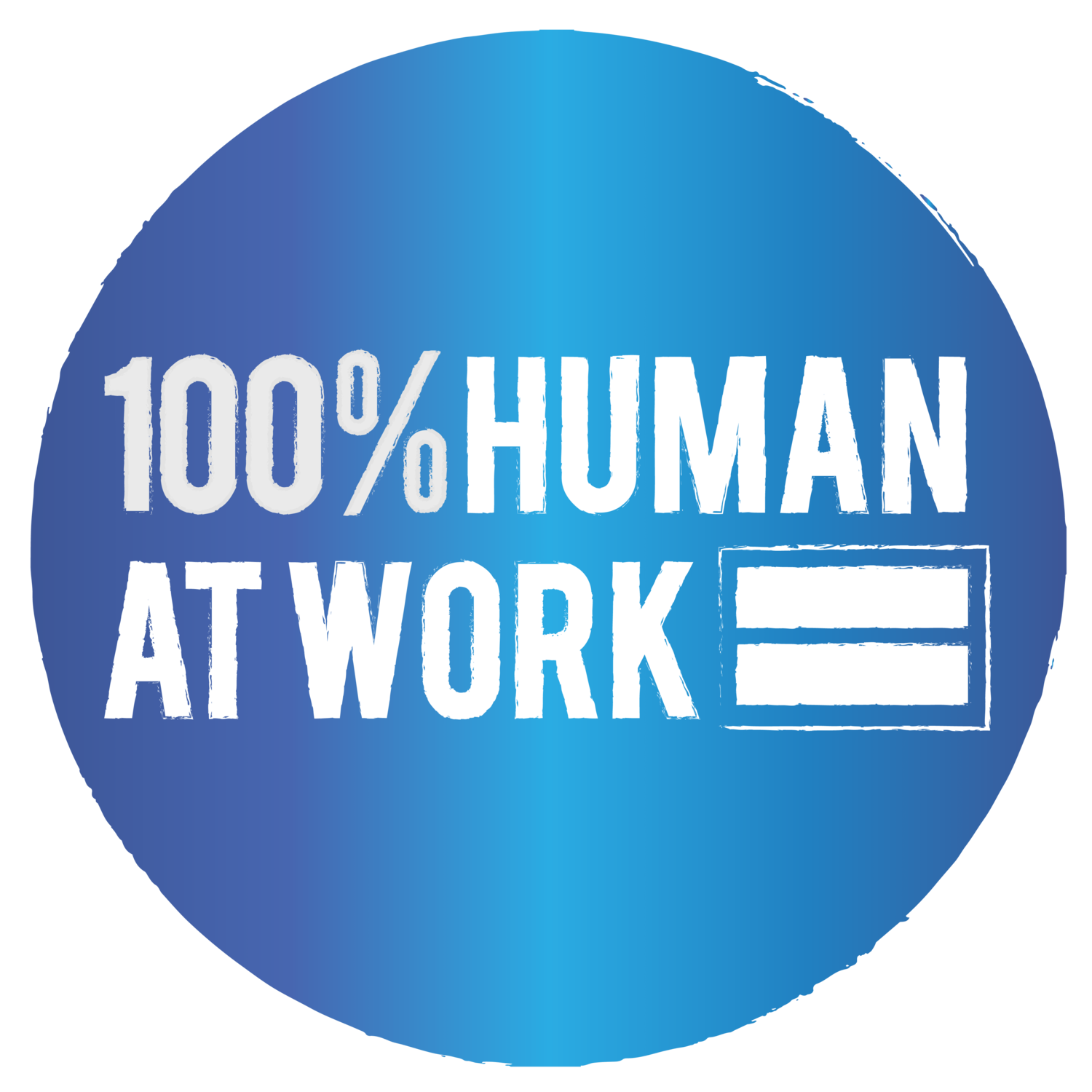CENTRE FOR INCLUSIVE DESIGN
HOW TO ENSURE INCLUSIVE DESIGN IN THE WORKPLACE
Our communities are diverse – we live in different places, with different circumstances. We are old, young, live with disability and difficulties, and speak multiple languages; we are diverse individuals and communities. However, goods and services, public places and workspaces are often designed as if we are all the same. People that have difficulty accessing and/or using products and services – edge users – are often not included in the design process. Although it is a challenge to design something that is accessible and user-friendly for everyone, an inclusive design approach that has edge users in mind can reach and benefit up to four times the size of the intended audience.
In the workplace diversity is important, but even more so is inclusion. While it is a moral and legal obligation for organisations to be equal opportunity employers, designing for inclusion also opens the door to a wider recruitment pool. Employees within an inclusive workplace can benefit from the diverse talent, experience and views, which results in higher employee retention. However, an inclusive workplace is just as much about providing a safe and accommodating space as well as hiring people from diverse backgrounds – a space that reflects the culture and values of staff allows them to perform at their best.
At Centre for Inclusive Design, we have been working with organisations to think about the framework used for children in the inclusive playgrounds movement in Australia – in the workplace this corresponds to inclusive recruitment, inclusive interviewing, and inclusion and attachment at work. It’s based on three simple questions – can I get there, can I play there and can I stay there? (that is how do I feel, is it safe, am I having fun etc).
We recently conducted a large project with a government agency working through inclusive design methodology, turning theory to practice. This was a real experiment in harnessing the power of the people in the room to think about recruitment challenges.
in their own workplace – to see things differently. We found that 3-4 times more ideas and unique solutions came out of facilitating a process where teams listened to the people who were missing out, imagined exclusion and then generated ways of being more inclusive.
The by products were that it was fun, and people felt they were contributing to their workplace and society as a result. The major benefit of the experiment was the engagement in the process, and the key barriers were breaking the bias of the culture. The next steps now are to see how the workshops transform into action.
Our recently released report, ‘The Benefit of Designing for Everyone’ found that implementing inclusive design can lead to financial, economic and social benefits.
The Inclusive Design Research Centre (IDRC) has developed three dimensions to inclusive design that we find particularly useful:
1. Recognise diversity and uniqueness
Inclusive design considers the rich diversity of each unique individual. Most people stray from the ‘norm’ at some point(s) in their needs and this means a ‘one size fits all’ approach doesn’t work well. Inclusive design does not mean we should be creating separate, specialised or segregated solutions as this is usually unsustainable. We need flexible and adaptable systems that can cater for the diversity of individuals and maintain the values of self-determination and self- knowledge
2. Using inclusive processes and tools
Inclusive design teams need to represent the diversity they are designing for, including individuals with lived experience of being on the ‘edge’ or an ‘extreme user’. This includes hiring inclusively, to promote diverse participation and perspectives within organisational processes and the design of products and services. How do we hear from those people in our organisation who are not like us? What do we privilege in our culture?
3. Aiming for the broadest beneficial impact
Inclusive designers need to be aware of the context and broader impact of any design, and strive to affect a beneficial impact beyond the intended beneficiary of the design. This means making sure workplaces not only invite diverse opinions but have the tools and supports so that diverse needs are met.
Everyone can benefit from inclusively designed products and services, not only those who are experiencing difficulty. Inclusive design is one way to help address the gap faced by the new industrial revolution, how we can create jobs and workplaces we want to be in and how we can have edge user communities, who are currently unable to access or use products and services, be able to work at their full potential. The inclusive design approach can be implemented by all organisations, championed and promoted by government, and demanded by everyone at work. Value creation and inclusion do not have to be conflicting goals, they can work together for the benefit of all.
It is time to lose the ‘one size fits all’ of today, and gain the ‘design for one, and extend to many’ that is tomorrow. Our workforce will be better for it.


